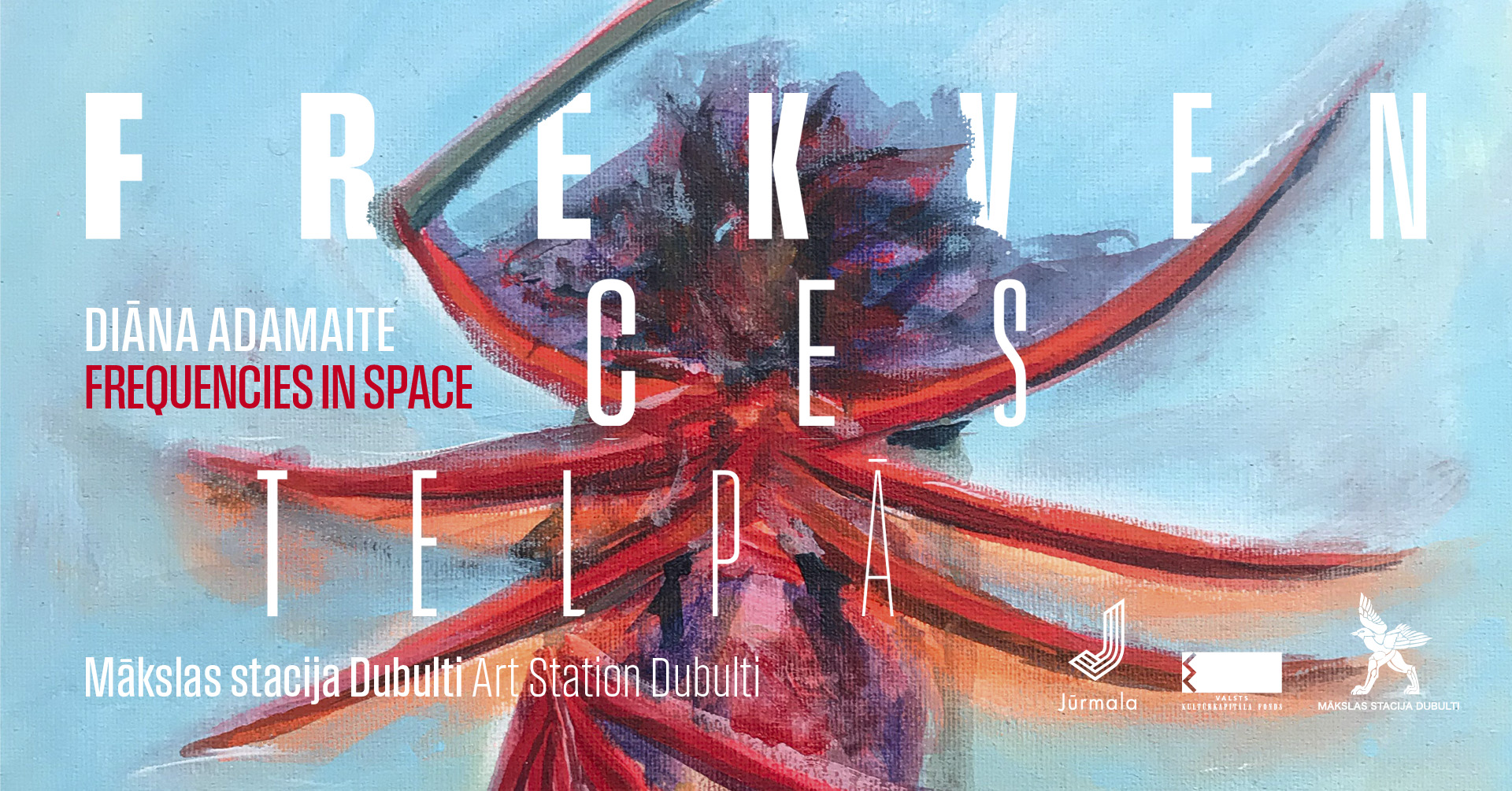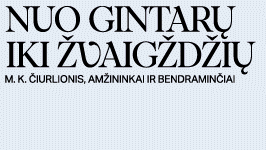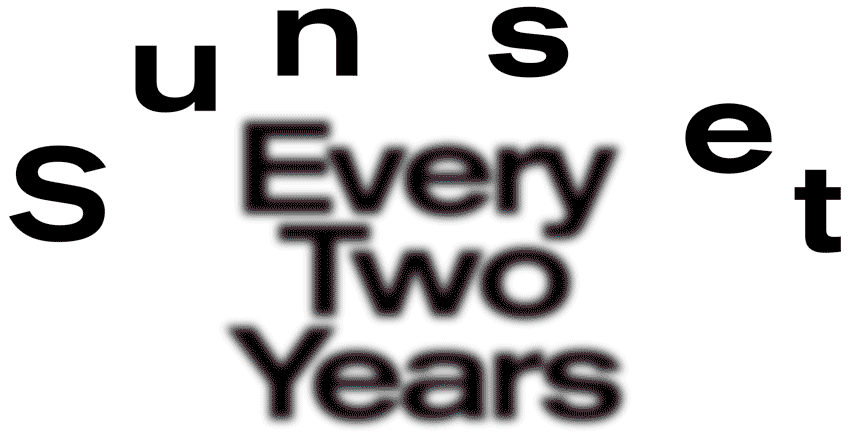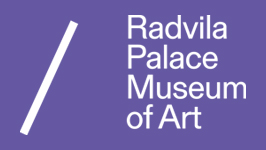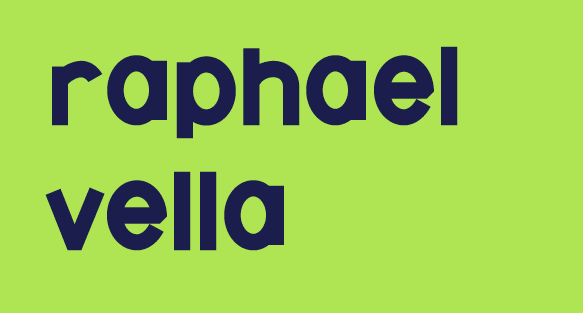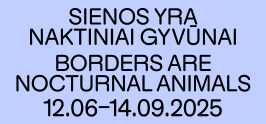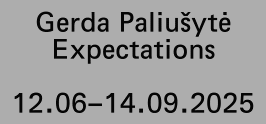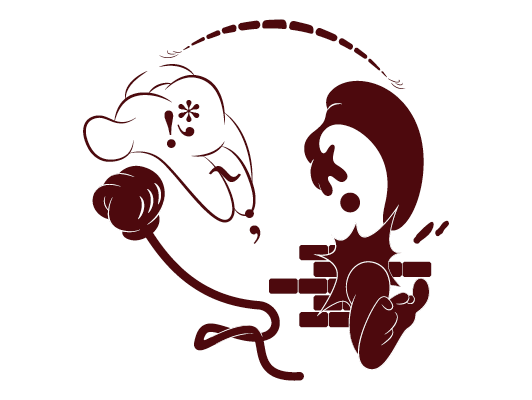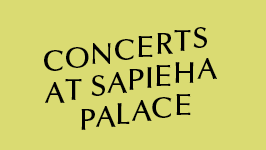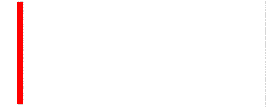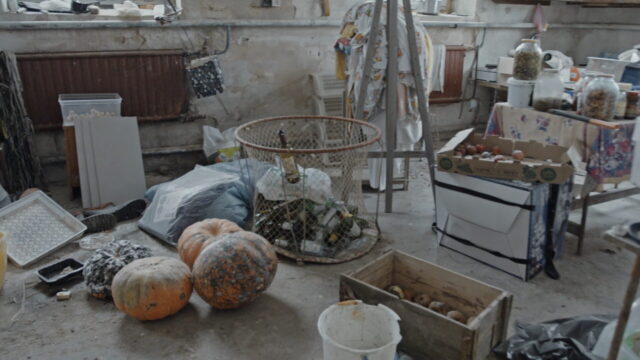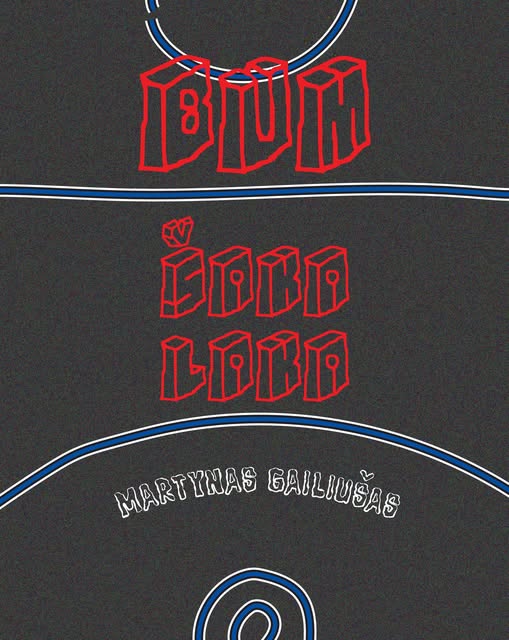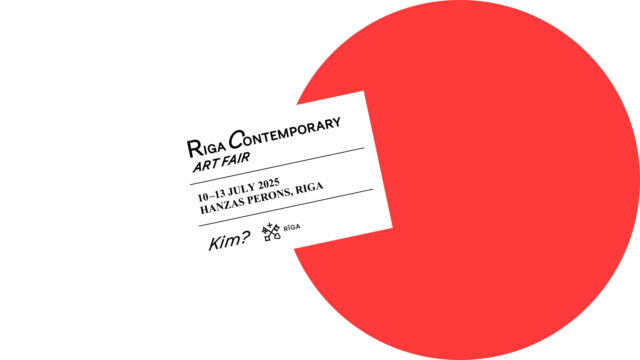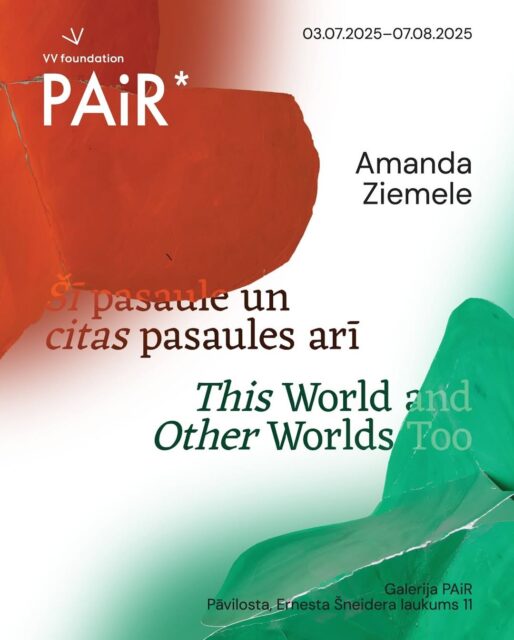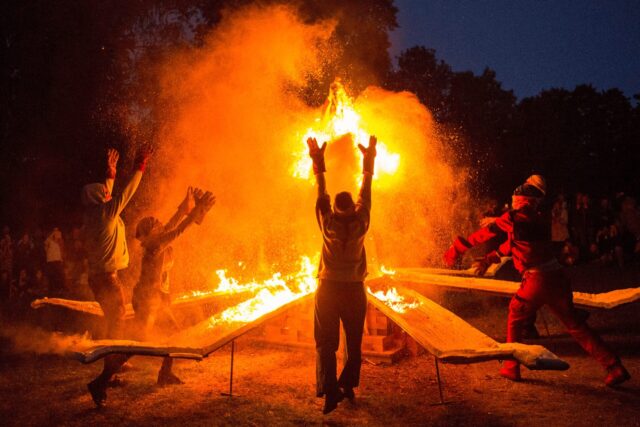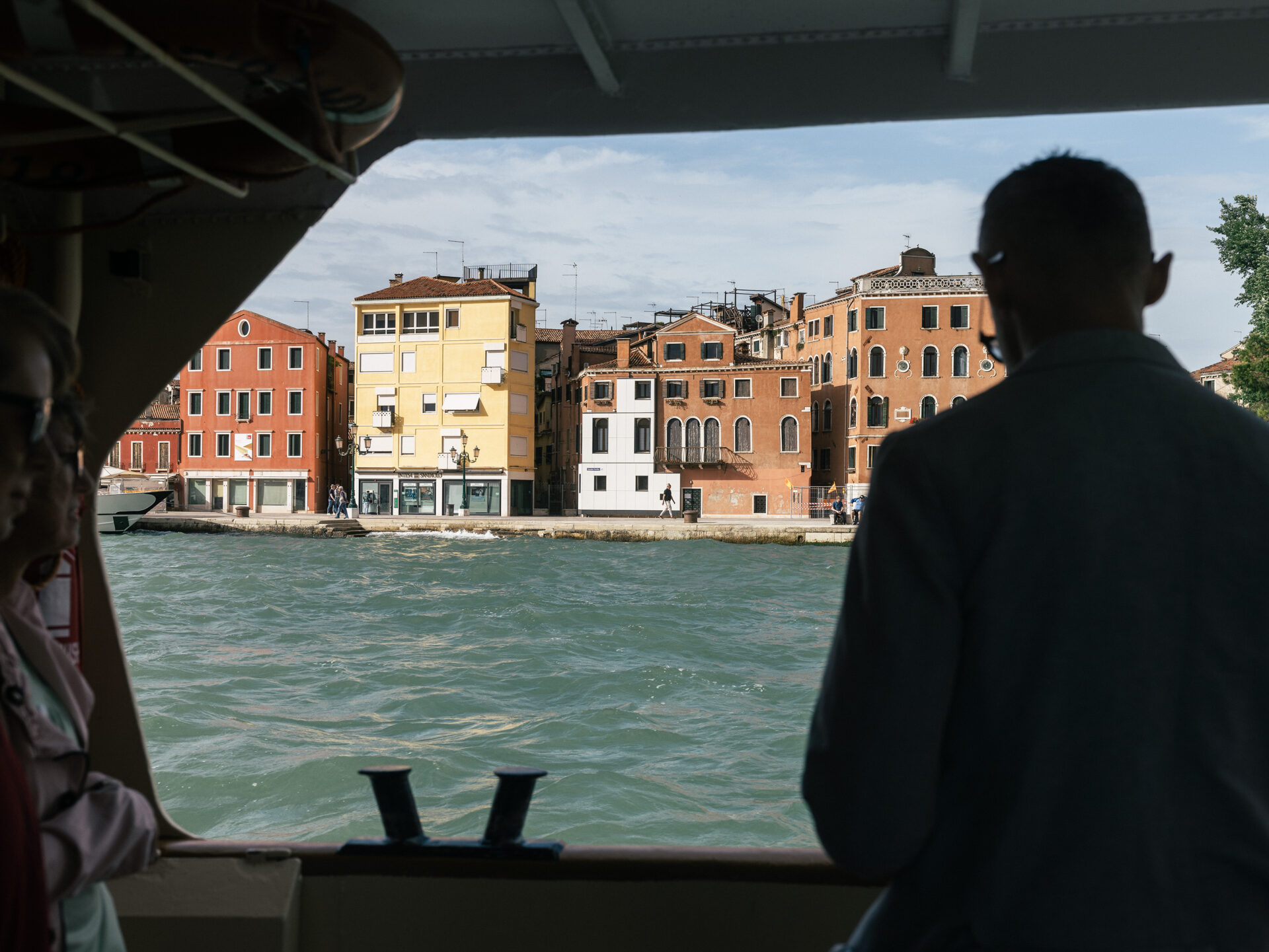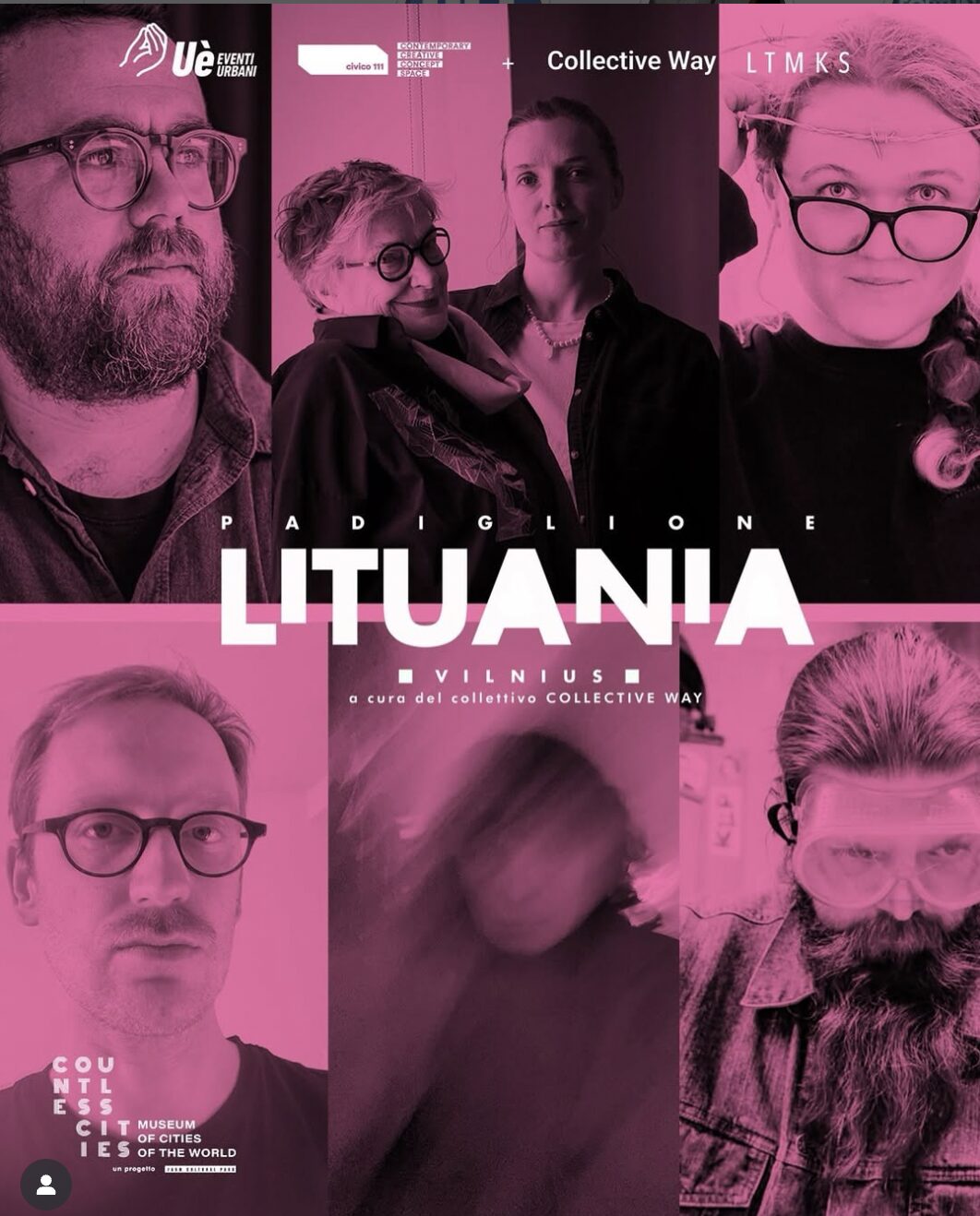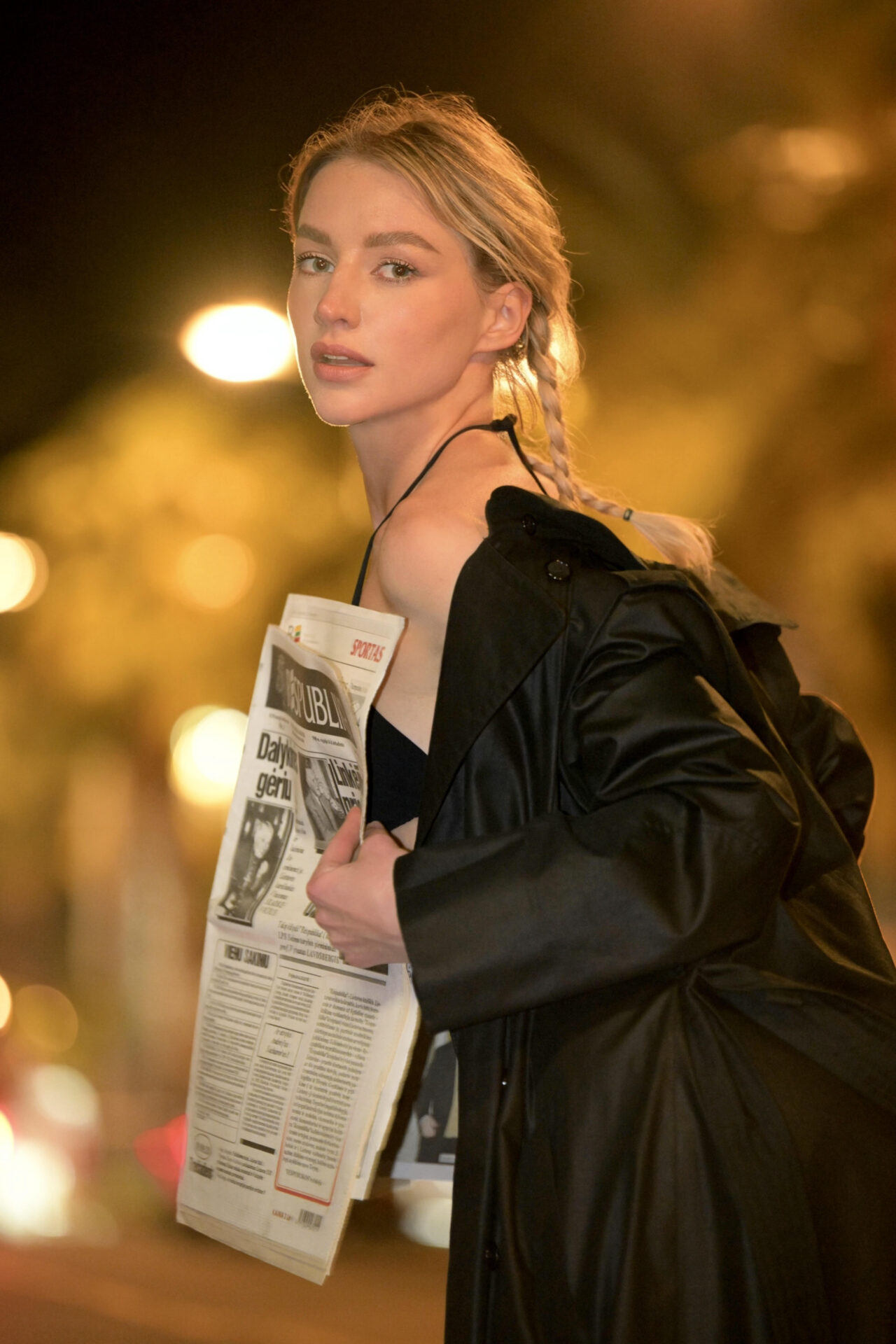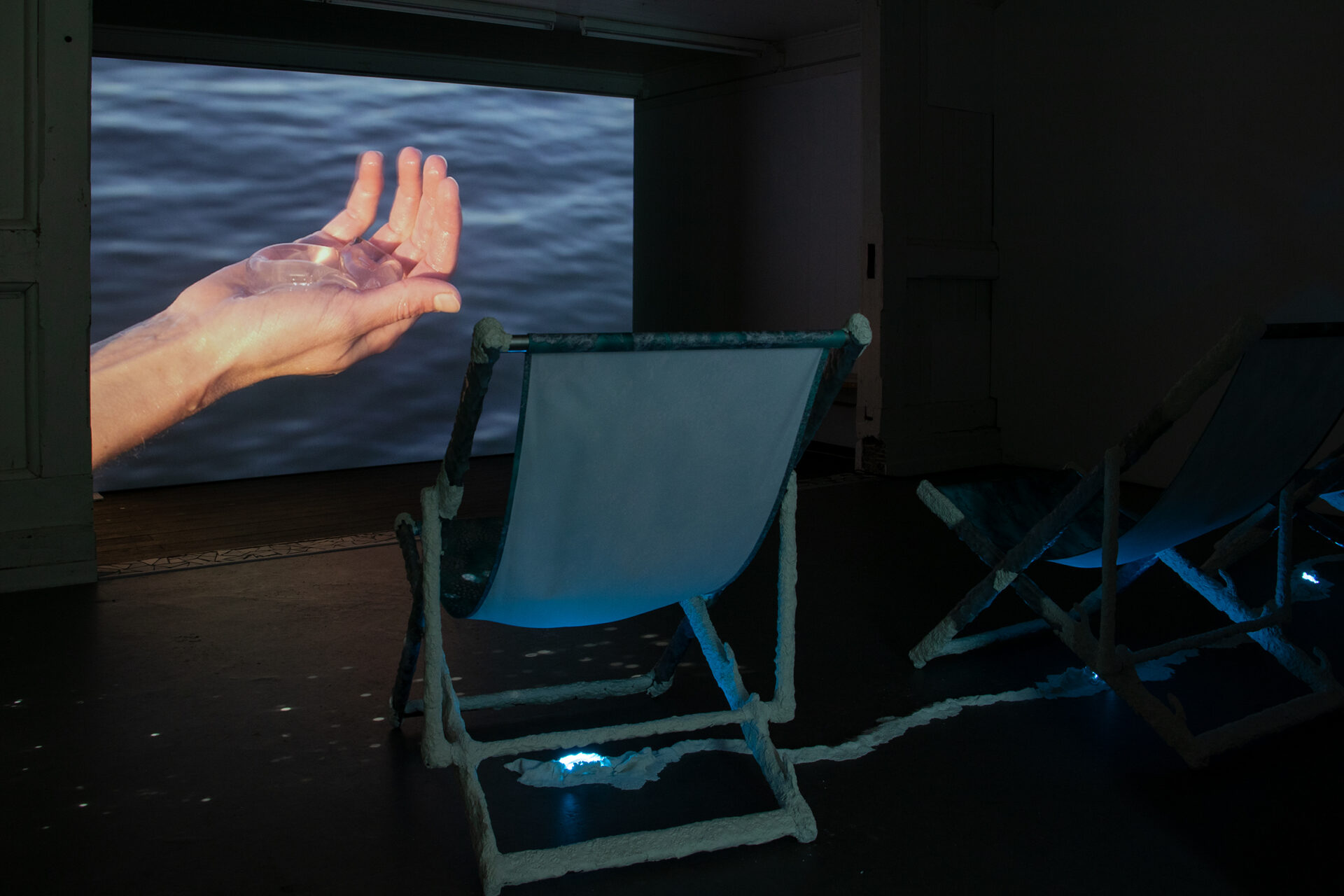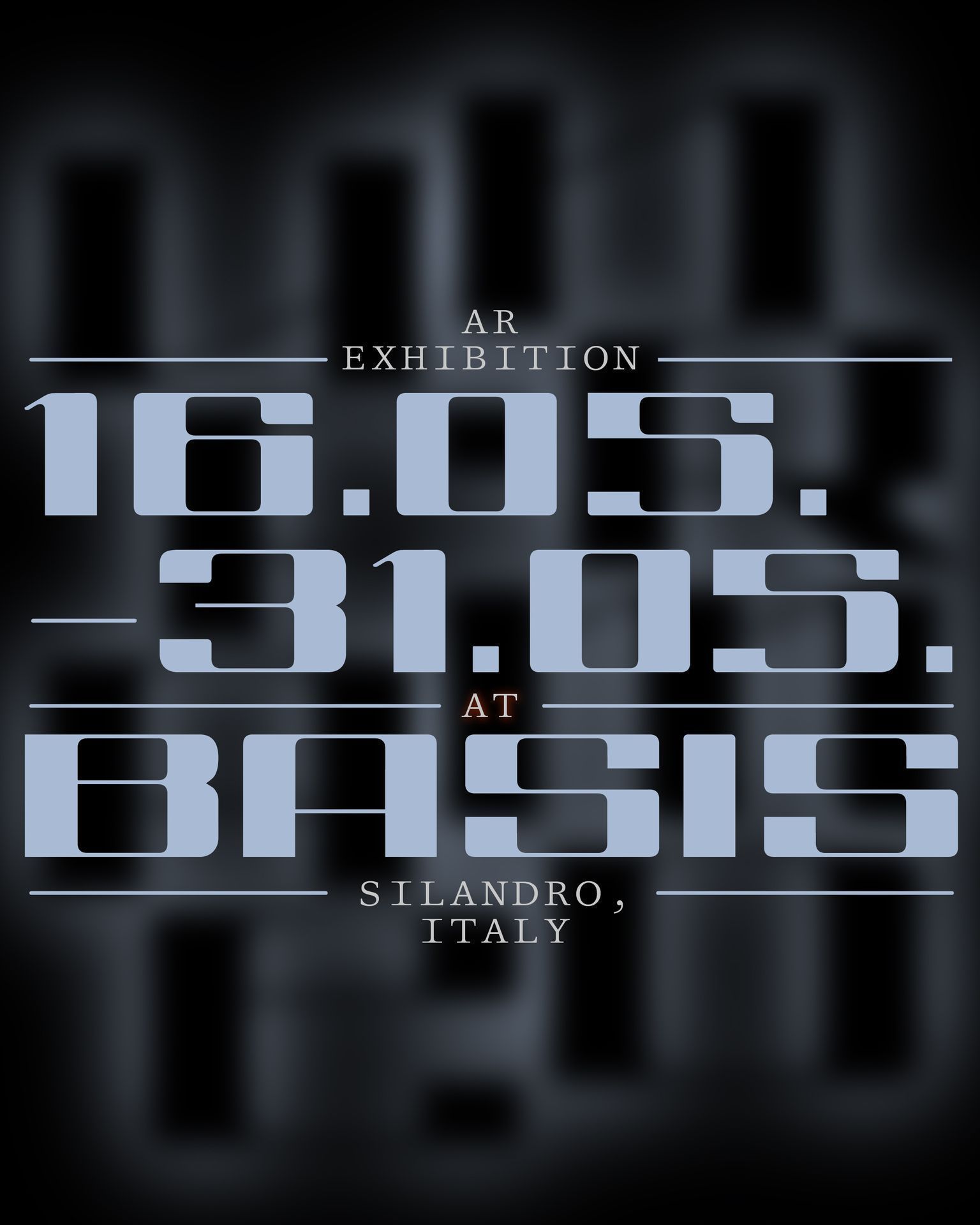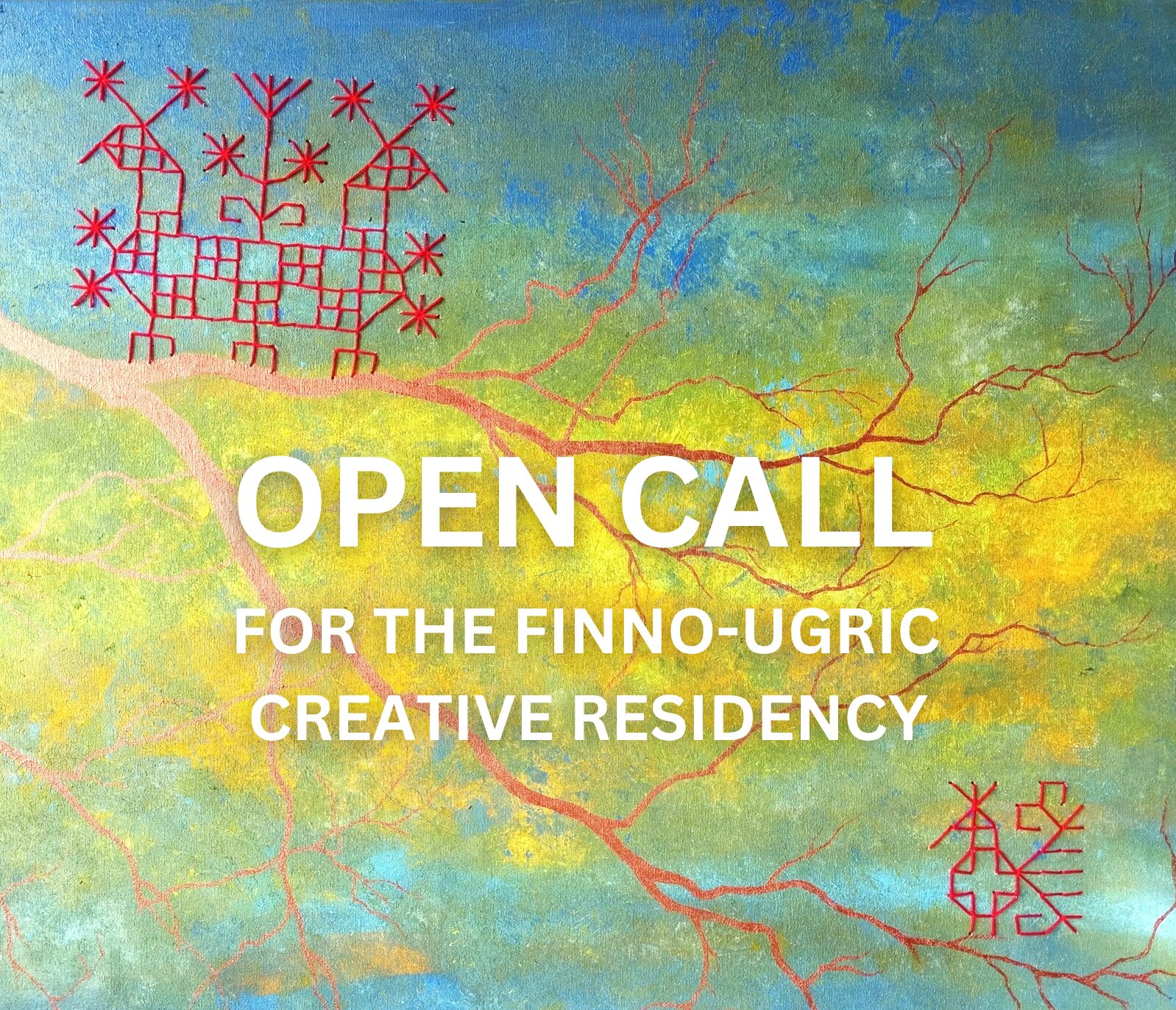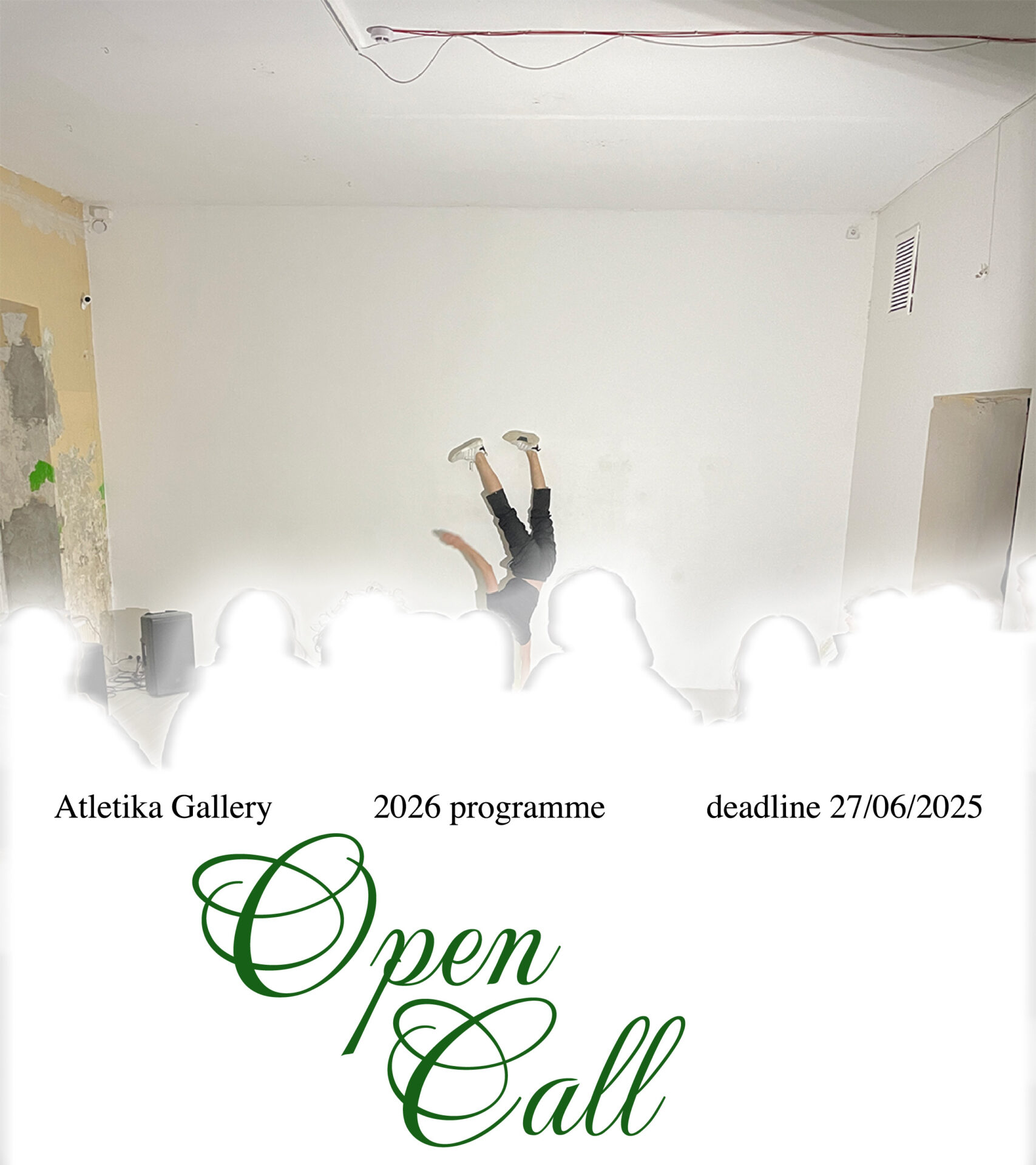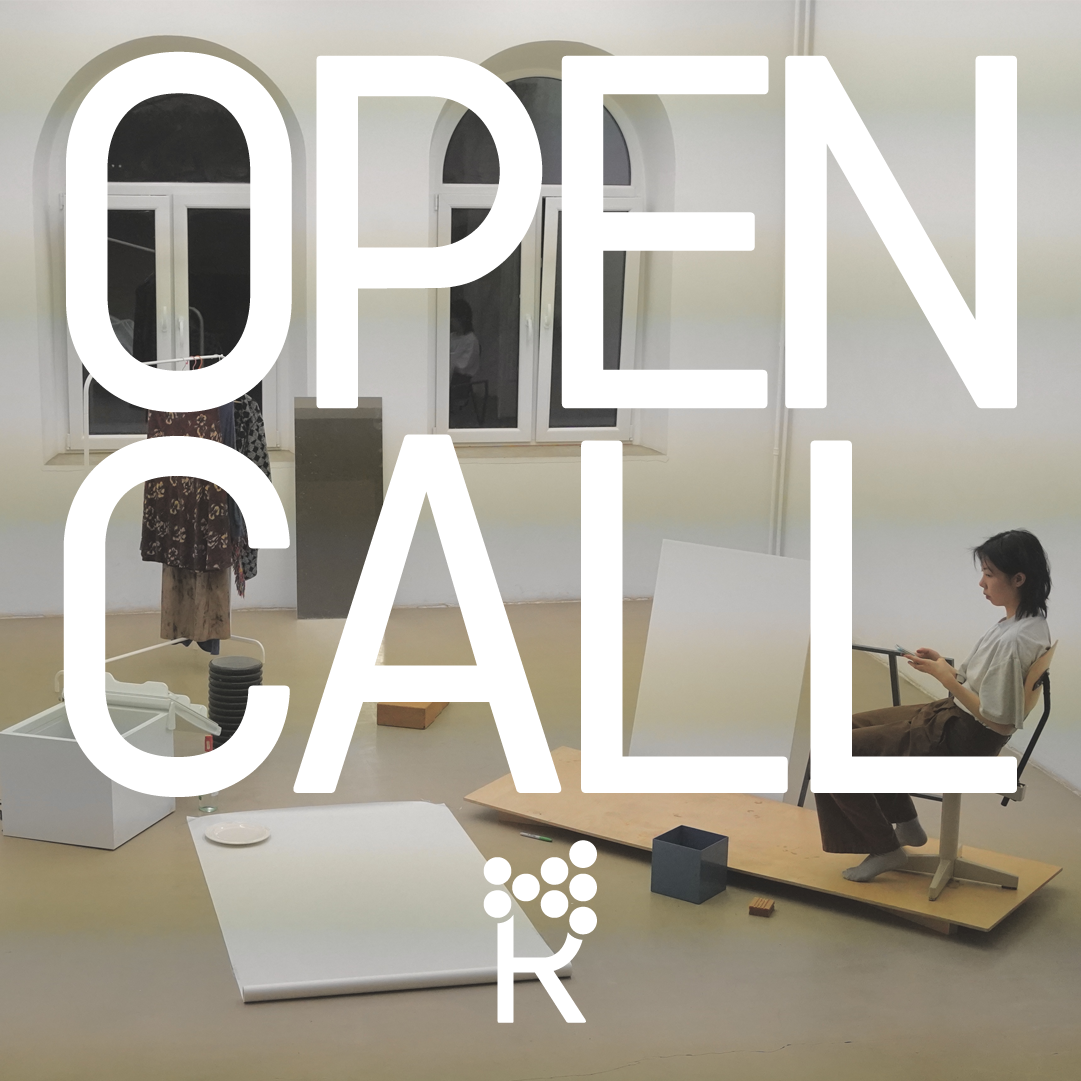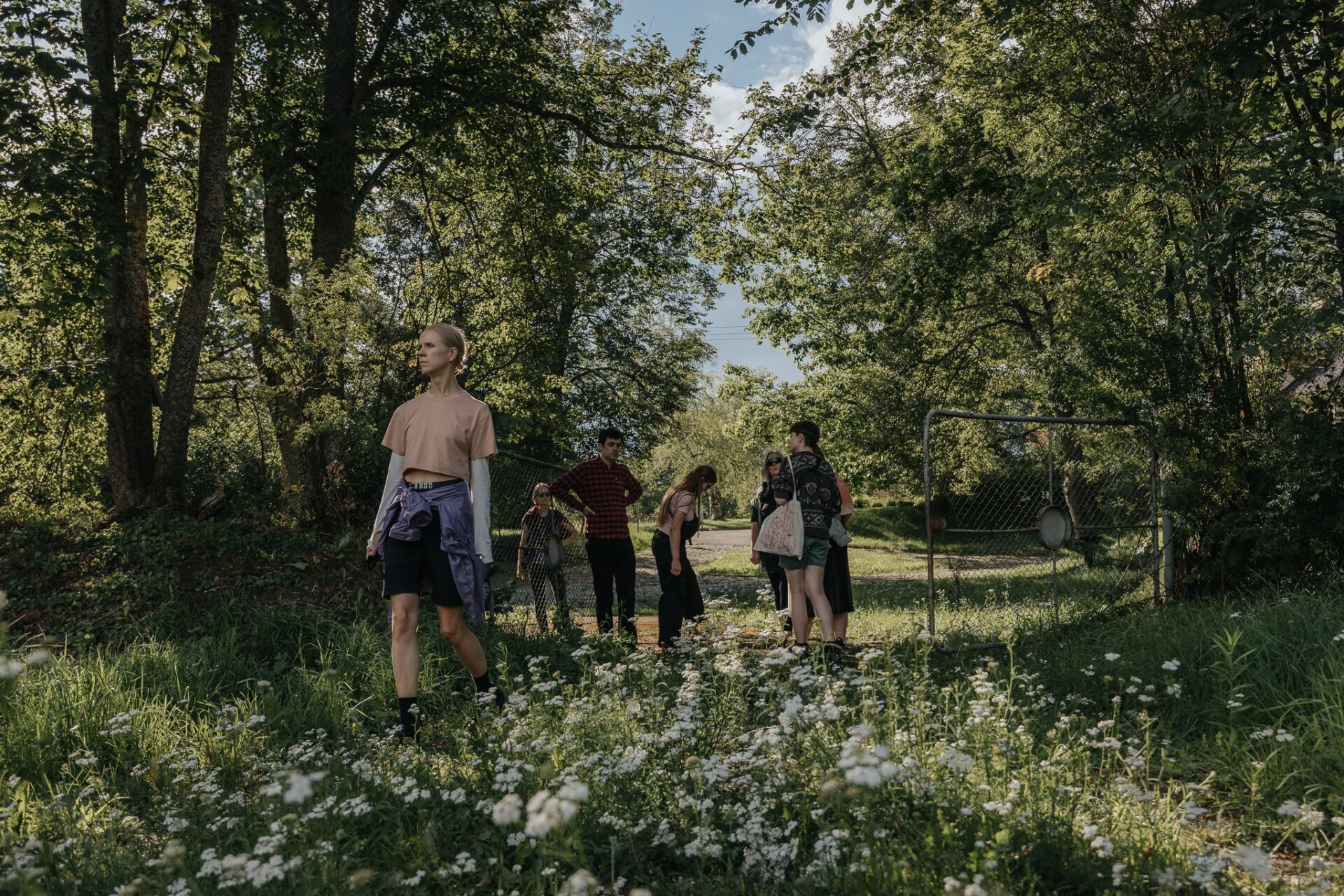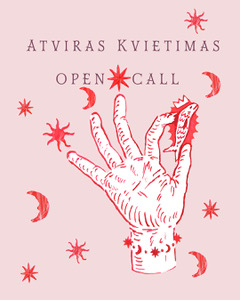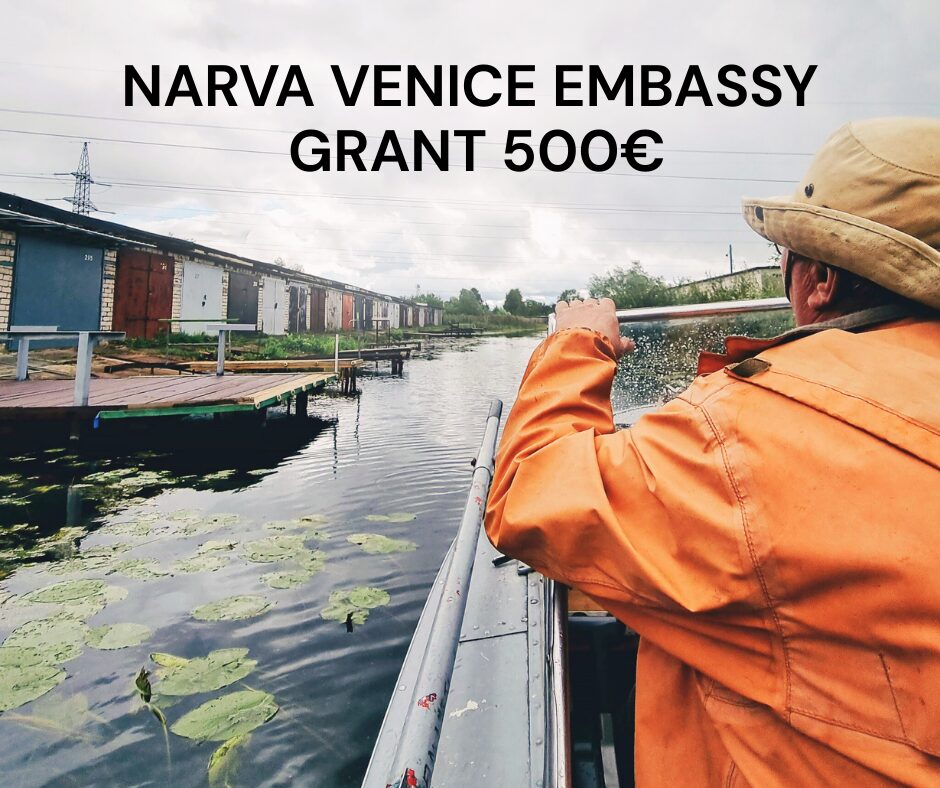Mystical expressionism in Diāna Adamaide’s “Frequencies in Space”
Diāna Adamaite’s latest paintings radiate joy so profound that one cannot help but wonder – what exactly is she painting? The title of the exhibition – “Frequencies in Space” – suggests an answer. And yet, the paintings do not resemble abstract notations of frequency ranges. This is not the mathematical or schematic conceptualism of data from the world of physics. These paintings contain images. They feature vibrant colour fields and figures that are running, flying, swirling, dancing, or pausing for a moment before continuing their flight. The figures seem arrested in a fleeting flash of visibility, hovering on the verge of disappearing. Like shimmering mutations captured between perception and concealment, poised between presence and absence, caught between something and nothing. One sees impressionistic lightness, the free conditionality of a sketch, and even a touch of Rococo playfulness. “Like living in a miracle,” says Adamaite, looking for the words that would explain her art.
The following moment is the great unknown. Is that – the moment – the real subject of Adamaite’s art? The answer is affirmative, but with an immediate caveat that it is not a moment in a landscape, portrait, or any other realistic instant. Her figures lack the sensuality inherent in everything that lives. They have no hidden, secret, or, conversely, open and irresistible eroticism. They do have elegance but do not pose for the observer – neither the artist nor the viewer. The figures reveal themselves as uninhibited and free in their existence, but they are coolly neutral. Detached. So, what exactly is their secret? Adamaite paints her figures as if they were exempt from every influence of gravity, emotional grimacing, or residual thought that generally affects a body. Although resembling humans, these figures seem to lack all human experience. “I don’t think, just as the diamond doesn’t think. I shine, totally clear. I’m neither hungry nor thirsty: I am. I have two eyes that are open. Open to the void,” writes Brazilian modernist author Clarice Lispector, and her words astonishingly resonate both with the character of Adamaite’s painted figures and with the way the artist works. This is how she articulates the sources of her imagery: “It can be called an act of seeing when I am not entirely full.” This means that knowledge, information, definitions, opinions, beliefs, judgments, descriptions, and pre-formulated truths are all excluded from the painting process. “It’s like a free fall. Fresh and clear, unmediated,” Adamaite says.
The figures in Adamaite’s art are a painted sensation of the possibilities of concreteness. Sensation, something ripening and approaching are the words the artist uses to describe her process and her knowledge of the images she paints. Her works are not text-based, not in the sense of being rooted in a pre-existing story. Surprisingly, there are no visual visions either, although this is how art is frequently described. Adamaite does not illustrate dreams, fantasies, memories, or distinctively stylised reality. Nor does she name what she paints, draws, or creates. Her titles are letters and numbers. This is a very delicate and complex point – Adamaite’s figures do not emerge as copies of visions. Their visuality comes from the act of sensing in a different mode of perception, one that neither sees nor knows. One that relies on neither language nor experience. One that is taking us beyond the defined, beyond the seen, beyond the known.
Epistemologically, in terms of the nature of knowledge, Adamaite is creating from ignorance – an ignorance adopted by a conscious choice. Her approach shows epistemic abstinence – a deliberate refraining from knowledge. As she herself puts it, ability to work requires emptiness. In other words, exhaustion. She seeks no clarity when she is painting. In the traditional sense, the current research-oriented mindset does not apply to her distinctive art. “Knowledge is a big subject. Ignorance is bigger. And it is more interesting,” says neuroscientist Stuart Firestein. Essentially, this is the way to make sense of Adamaite’s approach to knowledge: she has no use for it because it limits her; conversely, ignorance is useful, as it directs her art towards the experience of a miracle. Moreover, the concept of “a miracle” in Adamaite’s art is free from knowledge. Free from any knowledge whatsoever. There is no science fiction here – the artist is not searching for an alien presence. Nor is there any trace of esoteric secrecy – Adamaite’s art holds no knowledge of the occult. So, what remains? I call it following art in the sense of filtering out everything that wants to substitute living art with its description. This means a great and fundamental trust in art; a strong belief that art does not require supernatural subjects. That art lives and miraculously breathes life into the simplest of motifs, such as the human presence in a space. In other words, the human frequency.
We, humans, tend to crush art’s live reality with its description. Whenever we affirm something about art, we also express something not entirely true. Art is always above and beyond, different from anything and everything we can say. Art is no concept! But it can be conceptual, as indeed it has been for several decades. What a fascinating exercise – to apply the conceptualist lens to Adamaite’s art and realise that the points of connection are very few. Conceptualism is knowledgeable, full of knowledge, and flaunting knowledge, whereas Adamaite’s art is unknowing, arising in a state of not understanding what is going on, and knowledge only hinders its emergence. Conceptualism is programmatic – it follows an agenda, while Adamaite’s art is fumbling in the dark with no agenda in the infinite space of countless pathways and potentialities. Unless, of course, we view her unknowing (the open-mindedness of a know-nothing ignoramus) as an agenda. Conceptualism manifests conviction and irony, but Adamaite speaks of humility and reverence as an internal state. Conceptualism is loud, social, and defining, while Adamaite’s art is quiet, stand-alone, and arises as if by blind groping. “Not naming it” is one of Adamaite’s primary insights.
The many “noes” and “nots” are apophatic. This concept from theology – a form of thinking that implies defining God by naming what He is not – appears to be one of the few appropriate keys to unlocking Adamaite’s art. Apophasis means refraining from speaking or only expressing oneself through negation. To speak yet also to be silent. It seems so easy to write about Adamaite’s art with strings of negatives – her art is neither this nor that – but it is so much harder to formulate affirmatively what it is. The artist herself refrains from elaborating on her work and writes in terms of “noes” – not naming it, unspoken awe, when I am not full, no visual visions, not knowing, no path to a fixed destination. The formal qualities of Adamaite’s works, their lively and expressive colours, lines, and rhythms, combined with the distinctive method of direct experience that gives them substance, suggest a new descriptive term – mystical expressionism. Indeed, her method resembles the practice of mystics who, versed in writings and scholastic teachings, seek personal communion with the living reality.
The paintings (oil and acrylic on canvas; acrylic and ink on plexiglass) fill the first floor of the exhibition space. The drawings (charcoal, watercolour, pencil, marker, pastel, pen, ink, and chalk on paper) take the second floor. Just like the paintings, they all are made specifically for this showing. The frequencies seen in the drawings, like those appearing in the paintings, are faintly figurative but convey a heightened sense of drama through a virtuoso application of the line. The black-and-white or reddish monochrome palette pulls them away from figuration towards abstraction. One could say – choreographic abstraction because the subjects of the drawings evoke a sense of movement in an intense, dynamic rhythm. The drawings throw a bridge to Adamaite’s abstract practice in the 2000s. Just like the latest paintings, the drawings do not tell a story that moves from A to B. There’s no beginning and no end. There is a process and a presence. The most surprising element of the display, however, comes from the sculptures executed in modelling clay. This is the artist’s first foray into the medium, and the hand-built objects, much like the paintings and the drawings, have a fleeting, evanescent feel.
The sweeping mural called “Arrival” was made specifically for the exhibition and is the only one with a narrative title. Impressionistically light and endowed with expressive coloured accents, it has a shimmering quality, like a giant sketch magnified on panoramic scale. It is so easy to imagine that the images from Adamaite’s paintings, drawings, and sculptures all come together in this pièce de resistance. Joyful, expressive, and mystical.
The exhibition features music by composer Kristaps Pētersons, which was created specifically for Diāna Adamaite’s works in 2010.
Diāna Adamaite (1981) holds a Master’s in Monumental Painting from the Art Academy of Latvia (2007). She also studied at the Zurich University of the Arts in Switzerland (2011), École Supérieure d’Arts de Lorient in Brittany, France (2003), and the UdK Berlin (2002). Her secondary education was completed at the Glasswork Department of the Rīga School of Applied Arts (1996–1999). Dating back to 2005, her creative record has grown to nine solo exhibitions, including “Moving”, at the Great Amber Concert Hall in Liepāja (2023), “The Moment and the Adhesive” at the Janis Rozentāls and Rūdolfs Blaumanis Museum in Rīga (2023), “Metaphor+LN336” with Anda Poikāne at the LPB Bank in Rīga (2017), “Immediately” at the Rīga Art Space (2013), “Zoo” at the Latvian Artists Union Gallery and Atelier Haus Friesenstrasse in Bremen (2008), Germany, and “Absurd Formula” at the Bastejs Gallery in Rīga. In 2007, she was invited to participate in “Dialogues”, the 13th Vilnius Painting Triennale, and chosen for the emerging artist group shows “Snack Bomb” (2007) and “Urban Children” (2010). Her record in 2010 extends to four other exhibitions: “A Smiling Lady on a Tiger” at the City Gallery in Bremen, Germany, “I Die. (I Live)” at the VEF Art Centre in Rīga, “Testing Station Laimdota” in Cēsis, and “Intersection” at the Rīga Art Space. In 2009, she took part in two exhibitions in Rīga – “The Wonderful Adventure” at the VEF Art Centre and “The Underground Tournament” at Gallery 21. In 2011, Adamaite participated in the exhibition “He Seeks No Truth, He Wants to Influence” at the Rīga Art Space. In 2022, she earned a Grand Prix from the Liepāja Culture Department in the juried exhibition “On the Way” and contributed to “Fragile Era” at the Liepāja Museum. In 2024, curator Inga Šteimane invited Adamaite to participate in the group show “Dear Figure, Whom Did You Hang Out With Last Night?” at the Rothko Museum in Daugavpils. Adamaite has travelled widely and worked in international residencies in Brussels (2020), India (2013, 2012, 2011, 2009), Paris (2009), Montrouge and The Künstlerhaus Bremen (2008). In 2007, she went to Finland to contribute to the Arctic Art Week. In 2004, she joined “Perception and Imagination”, an art project in Salzgitter, Germany, and worked in two symposiums – the International Art Symposium in Umbusi, Estonia, and “From Masaccio to Marini” in Florence, Italy. From November 2022 to January 2024, Adamaite led the Roman Garden Gallery in Liepāja. She currently lives and works between Rīga and Liepāja.
Diāna Adamaite’s solo exhibition “Frequencies in Space” runs with a programme of events.
The exhibition opens at 5 p.m. on 28 February 2025, followed by a meeting with the artist Diāna Adamaite and curator Inga Šteimane at 2 p.m. on 2 March.
Two guided tours will be given during the Jūrmala Spring Tour Week – at 4 p.m. on 12 March 2025 and 2 p.m. on 16 March. The exhibition’s closing tour is scheduled for 2 p.m. on 4 May 2025.
Art Station Dubulti is Europe’s only professional exhibition venue in a functional railway station. Since its establishment in 2015, it continues to add a new dimension to the building’s modernist architecture of the 1970s. Art Station Dubulti hosts solo exhibitions of Latvia’s leading visual artists and runs significant international projects with a consistent focus on the dialogue between the artwork and the viewer. The station’s exhibition programme is funded by the Jūrmala City Council and the State Culture Capital Foundation. Art Station Dubulti was founded and continues to be run by art historian Inga Šteimane.
Diāna Adamaite’s solo exhibition “Frequencies in Space” is supported by the Jūrmala City Council and the State Culture Capital Foundation of Latvia.
Inga Šteimane, curator of the exhibition
1 Klarisa Lispektore [Clarice Lispector ]. Dzīvais ūdens [Água Viva]. Izdevniecība “Aminori” [Published by Aminori], 2024, 38. lpp [p. 38]. No portugāļu valodas tulkojis Edvīns Raups [Translation from Portuguese by Edvīns Raups].
2 [Knowledge is a big subject. Ignorance is bigger. And it is more interesting. Stuart Firestein] From Daniel R. DeNicola. Understanding Ignorance. MIT Press, 2018, p. 3.
